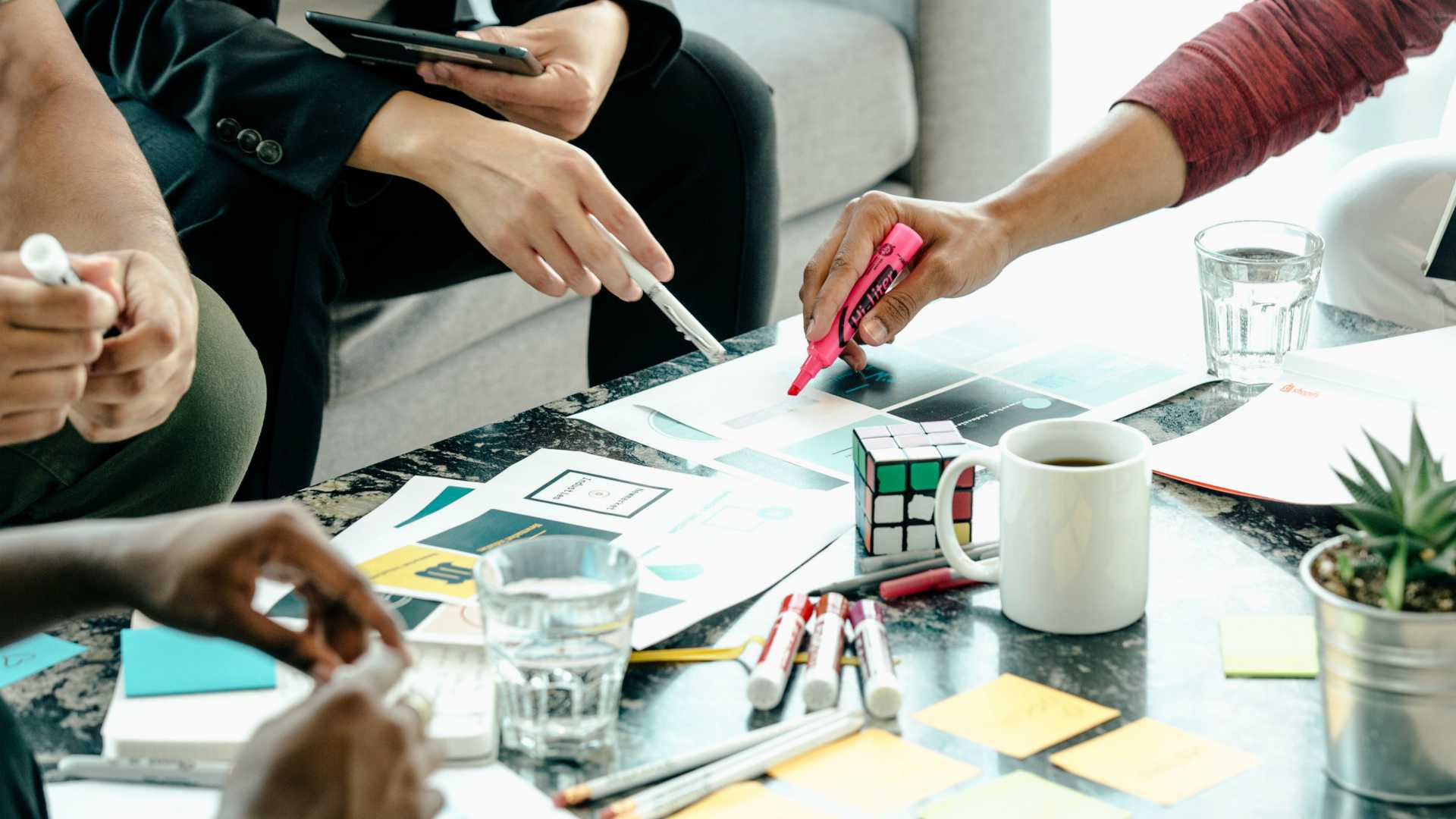Contact Us
You will have a higher chance of creating a product with good UX and with a solid design process. A great design process makes it possible to craft amazing experiences for users and increase the product success rate, which is the main our main here.
During this phase, You are launched team brainstorming with stakeholders around the product to get the best result.
Once we defined the idea together, the product team moves to the research stage(monitoring market and users).
After we clarified users’ expectations, needs, and wants from a product, we are moving to the design phase.
Set of user testing sessions, You are launched validates the product as with end-users so with stakeholders.
At this stage, designers work closely with developers to create the best quality product for all users
This stage comes before the product team creates a cool User Interface and for sure before Custom MVP App Development. At the start point of building the product, you need to define the context of existence!
This stage is the basis for your Custom Digital App you will get at the very end.
These are the major points of product definition:
- Interviews with stakeholders. It means that our team gathering information about business goals and some insights
- Value proposition mapping. At this stage, we will rethink the key aspects and value propositions of your future product. Here are some of the main questions we would need to cover: Who will use it? Why this is needed for them? How to present it? As for Value Proposition, we would need to polish out the cornerstones of the product with stakeholders to match business and users’ needs.
- Creating the concept sketch. Here we are creating basic prototypes of the future architecture. Some screen interactions can be visualized here too if needed.
We are sure that research is the best investment in the future of your Digital App success! Well-made research is like a solid ground for future designers' decisions. Investing in research early can potentially save a lot of time and money, as on design, so on Custom App Development later on.
The product research phase depends on different factors like product complexity, resources available, timing, and a lot of other factors.
The product research stage might include:
- Personal interviews. Do you want a great product? You need to understand the users! Interviews provide qualitative data about the target audience, such as their needs, wants, fears, motivations, and behavior.
- Competitive research. This type of research helps designers to understand the industry standards and find opportunities for clients' products within their particular niche.
Here are the primary design stages:
- Sketching. We use this method to visualize the ideas faster and with less time loss. Usually, we use digital tools to do this, but sometimes drawing by hand on paper is a good option. Our team considers sketching as a very important and useful process that helps to visualize the design solutions during brainstorming. When we see the results - we can decide which option is the best for the project.
- Wireframing. When we create wireframes, we essentially visualize the structure of the future page (the key elements and how they will fit together). Wireframing is the skeleton of the product, our designers usually use wireframes as a basis for future prototypes and mockups.
- Prototyping. After we created some wireframes, it is time for prototyping. Prototypes are showing the actual interaction experience (while wireframes are just how the page looks). We create prototypes to simulate the product, they cold are low-fidelity (just clickable wireframes) of high-fidelity (created with code or advanced interaction tools).
The phase of testing may include the following points:
- Become the user. From the moment when our design team reached the point when the product is usable, we start the in-house tests. Team members starting to use the product on regular basis (as much as possible) to find the bugs and usability drawbacks.
- Sessions of tests. An important part of the testing process requires giving your product to the target audience and gathering their feedback. We use different formats depending on the product: moderated/unmoderated usability testing, focus groups, beta testing, and A/B testing.
- Surveys. A great and very useful tool to get information about the quality of a product from real users. Designers can ask users some open-ended questions to get their opinion on some specific features. For example: “Have you been confused with some part of the product?”.
- Analytics. Numbers don't lie... So we trust them like they are part of the team. We gather the data (clicks, navigation time, etc.) from the tools we use and analyze them to know how users interact with the product.
Designing with the development process in mind is about working as a team.
We are doing our best to establish productive communication between design and custom development teams. Clear goals and well-designed elements of a product that are easy to implement are fundamental for our work process.
Designing for development is the way of finding the solutions that provide the best possible experience for our users but also with maximum efficiency for the developer's team (creating design systems, a library of components, etc.)
So, we are always doing our best to deliver the best possible digital product for our customers, as from the design side, so from a custom development perspective!
For the last 5+ years, we’ve sorted out the most common topics and issues that any startup face. Based on this, we are pleased to share some cornerstone topics with you. p.s. don’t forget to subscribe and receive new topics.

Let’s imagine that you’ve got an idea. The best option is to create a Prototype for it.

Answering on: How you can get investment? and How to find the perfect investor?

Check our top 10 startup mistakes to avoid to get to increase success chances.

